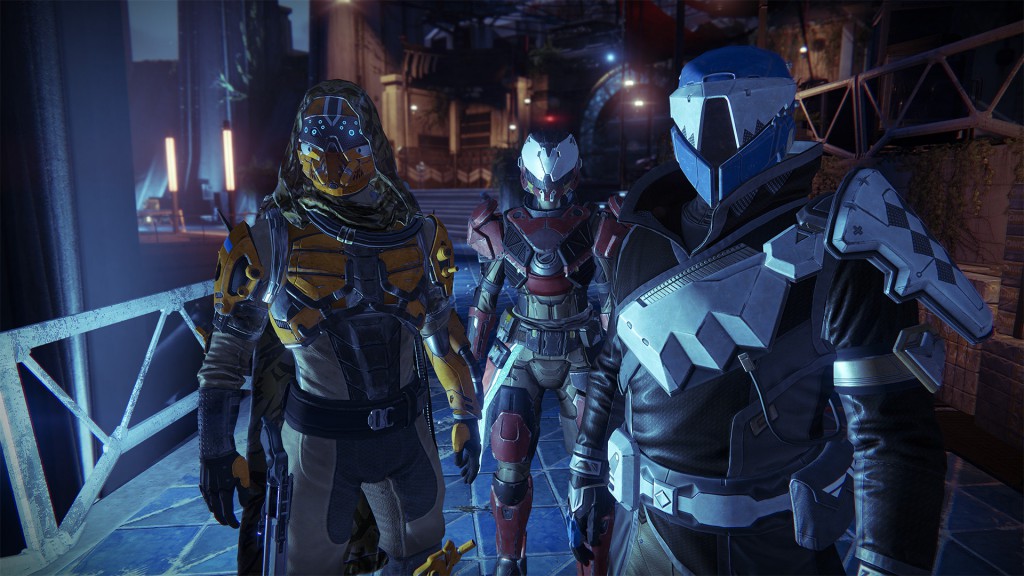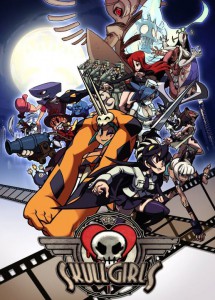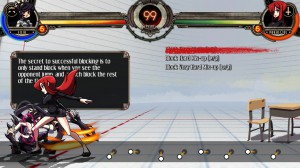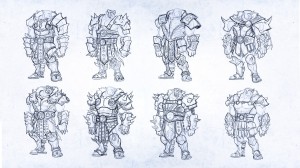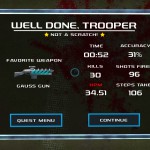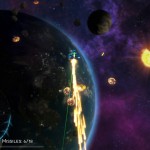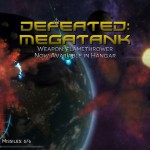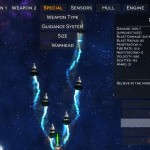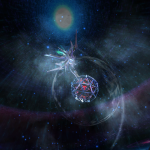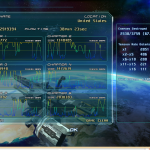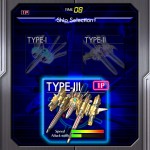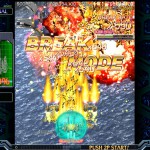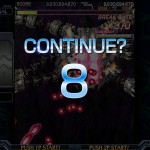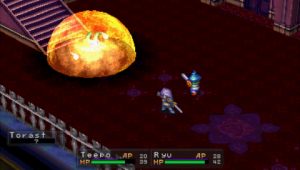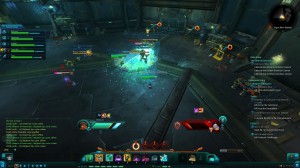I’ve noticed that whenever a game gets mentioned as a negative experience on Aggrochat, the game is usually Guild Wars 2. Occasionally it’ll be Champions instead, but these games share common issues. Both of these games suffer from group content being chaotic and uninteresting, because a group of players (in PVE) is not more than the sum of its parts.
The Problems
Both Guild Wars 2 and Champions forced players into moderately survivable builds for running around the world near their launches. For Guild Wars, this was a case of mob damage being incredibly high relative to health, so you needed to have a build capable of blocking/evading attacks or you were on the way to many deaths. Since dedicated healers didn’t exist, and defensive archetypes had no way to generate aggro, groups had neither. For Champions (which has more “traditional” mechanics), this was a case of over-tuning almost everything about the dame the day before launch, rendering completely offensive or defensive builds non-viable (unless you were spamming condemn). This meant that while tank and healer builds were supposed to exist, in practice they did not function.
In both examples, the group makeup for dungeons was 5 solo builds with maybe some attempt at support thrown in at the last minute. Also in both cases, provided you didn’t die too many times, the so-called “graveyard zerg” was a viable strategy. this led to an incredibly un-fun experience where the ideal strategy was throwing damage at bosses until they fell over, with some attempt to avoid or heal minor damage.
The Standard
The ideal thing to mention here would be Everquest (or if I felt like being a hipster, DikuMUD), but that’s before my time and so I’m going to respectfully acknowledge that and start with what I know. The first game I played that conformed to what is now the standard group makeup of 1 tank, 1 healer, and X DPS was World of Warcraft. I probably don’t have to explain how it works, but there’s generally one person trying to keep enemies under control by drawing their attacks, one person trying to heal any damage the group members take, and several people trying to do damage to the enemies without taking much damage themselves.
This is the standard for a reason. It gives everyone involved something specific to do, and people know what’s expected of them (roughly) from the outset. Despite many accusations of the aggro mechanic being “not realistic”, group setups like this mirror reality, with each person having a specialty, and all of them working together to accomplish a common goal in different ways. It’s not free of problems, with the usual accusations being that the number of DPS outnumbers healers and tanks massively, or that it isn’t fun to play a healer or tank. While I disagree with some parts of this, there are other options that can be explored.
The Standard, Reloaded
While I’m 100% certain that players don’t know what they want, enough people seem to want to abolish the trinity that it might be worth looking into deeper. The most superfluous role happens to be my favorite, but when it gets right down to it, Tanks don’t need to be “tanks” to do the job they’re there for, which is controlling the enemies. It’s not hard to imagine some sort of heavy-CC class filling in this role, although classes like that aren’t really designed because of balance issues. Such a class is either overly strong or worthless in PVP and high-level PVE, depending on how many of their tricks work on players or bosses. But a class that could stun groups of enemies or possibly move mobs at will would make a tank unnecessary. There is the risk that if they themselves don’t incur damage from this, they also make healers unnecessary.
A different approach to solving the same problem is to have a defender type character that has some sort of damage redirection. In this scenario, it matters less that this person has the attention of everything, and more that they’re keeping the amount of damage the group takes controlled. An example of this type appeared in WoW, as the Red Drake in Oculus.
Healers are a bit trickier, as I play one far less and don’t know what makes the archetype appealing to people who are naturally drawn to it. An example that has seen some success is a character focused on damage prevention, which I’m told was stronger than direct healing in the first Guild Wars. The problem with this is an inability (or decreased ability) to recover from mistakes.
Oculus provides another answer here with the Green Drake, a healer who siphoned health from enemies and transferred health to allies. When I was playing WoW, I found maintaining a balance like this and using my own health as a resource was far more interesting than any “normal” healer. Potential balance issues still exist, but I’d like to see a game try this as a mechanic for normal players (even though it’s kind of hard to avoid giving it a “blood mage” theme).
I don’t have good answers for DPS. It’s already the role with the largest number of character types and the largest general interest, so I’m not sure much needs changing.
The Conclusion
What I think we need isn’t an abolishing of roles, but more options for them. The Tank options in WoW amount to three options for “dude in full plate” and a bear, all of which are increasingly mechanically similar. Healers tend not to have more complicated mechanics than “cast spell, watch health bar go up”, with possibly a choice between “efficient spell” and “fast spell” depending on the situation. More variety is needed, not the complete destruction of the roles themselves.

